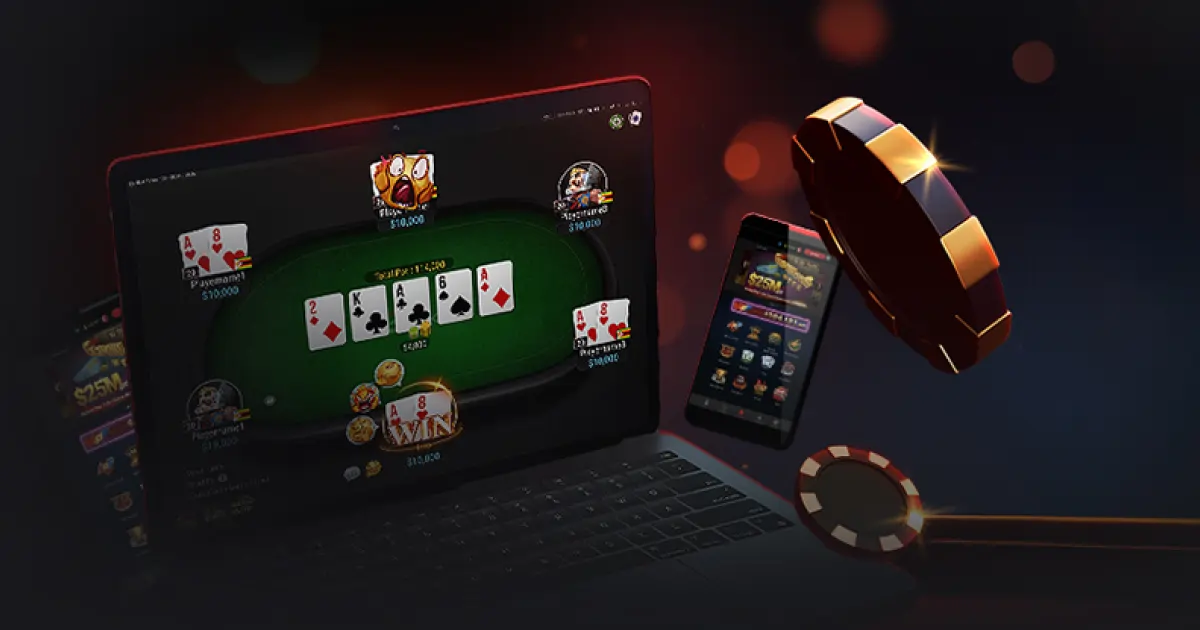Baccarat is a popular casino card game known for its elegance and straightforward rules. While largely a game of chance, understanding probability can help players make more informed wagering decisions and optimize their overall strategy. Analyzing game outcomes, evaluating odds, and applying probability concepts allows players to approach Baccarat (บาคาร่า) with greater confidence and discipline.
Understanding Basic Probabilities in Baccarat
In baccarat, players can bet on the Player hand, the Banker hand, or a Tie. Each outcome has a different probability of occurring. The Banker hand has the highest likelihood of winning, approximately 45.85%, while the Player hand has a slightly lower probability at around 44.62%. Tie bets have the lowest probability, roughly 9.53%, which explains their higher payout. Knowing these probabilities is essential for making rational betting decisions and managing risk effectively.
House Edge and Its Impact
The house edge is an important concept in baccarat probability analysis. It represents the casino’s advantage over the player for each type of bet. The Banker bet has the lowest house edge at 1.06%, making it statistically the safest option. The Player bet has a slightly higher edge of 1.24%, while Tie bets carry a house edge of over 14%, making them the riskiest choice. Understanding the house edge helps players weigh the potential risk and reward of different wagers and select bets that align with their objectives.
Applying Probability to Betting Strategies
Probability analysis can inform various betting strategies in baccarat. One common approach is to consistently bet on the Banker, taking advantage of its higher winning probability and lower house edge. Another method involves observing streaks or patterns, using trends to adjust bets while maintaining awareness that outcomes remain independent and random. Flat betting, which involves wagering the same amount on every round, is another probability-based strategy that minimizes risk while providing steady opportunities to capitalize on expected outcomes.
Managing Risk Through Probability Awareness
Awareness of probability allows players to manage risk more effectively. Avoiding Tie bets, which are statistically less likely to occur, is a simple way to reduce exposure to high-risk outcomes. Allocating your bankroll based on the likelihood of different results ensures that losses remain controlled and that you can sustain gameplay over multiple sessions. Probability-driven decisions help prevent impulsive betting and encourage disciplined wagering, which is crucial for long-term success.
Using Probability to Track Patterns
While baccarat outcomes are largely random, some players track patterns to guide betting choices. Probability analysis can help interpret these patterns by providing insight into how frequently Banker, Player, or Tie wins are likely to appear over multiple rounds. Although patterns do not guarantee future results, understanding the underlying probabilities allows players to assess trends more realistically and avoid overestimating the significance of streaks.
Conclusion
Probability analysis is a valuable tool for understanding baccarat outcomes and optimizing wagering choices. By knowing the likelihood of Banker, Player, and Tie wins, considering the house edge, and applying probability-based strategies, players can make informed decisions and manage risk effectively. Combining this understanding with disciplined bankroll management and strategic betting improves the overall gaming experience. While luck remains a key factor, probability awareness allows players to approach baccarat with greater confidence, make rational choices, and enjoy a more controlled and rewarding experience at the table.




